The Optic Neuritis Treatment Market is characterized by a dynamic competitive landscape, driven by a confluence of innovation, strategic partnerships, and a growing emphasis on patient-centric solutions. Key players such as Novartis (CH), Bristol-Myers Squibb (US), and Biogen (US) are actively shaping the market through their distinct operational focuses. Novartis (CH) has been particularly aggressive in its research and development efforts, aiming to enhance treatment efficacy and patient outcomes. Meanwhile, Bristol-Myers Squibb (US) appears to be leveraging strategic collaborations to expand its therapeutic portfolio, thereby enhancing its market presence. Biogen (US), on the other hand, is concentrating on digital health initiatives, which may provide a competitive edge in patient engagement and monitoring. Collectively, these strategies contribute to a competitive environment that is increasingly focused on innovation and patient-centric approaches.
In terms of business tactics, companies are increasingly localizing manufacturing and optimizing supply chains to enhance operational efficiency. The Optic Neuritis Treatment Market is moderately fragmented, with several players vying for market share. This fragmentation allows for a diverse range of treatment options, yet the collective influence of major players like Roche (CH) and Sanofi (FR) is significant, as they continue to invest in advanced therapies and clinical trials that could redefine treatment paradigms.
In August 2025, Roche (CH) announced the initiation of a pivotal clinical trial for a novel therapy aimed at optic neuritis, which is expected to provide new insights into treatment efficacy. This strategic move underscores Roche's commitment to innovation and its proactive approach to addressing unmet medical needs in the optic neuritis space. The trial's outcomes could potentially position Roche as a leader in this niche market, enhancing its competitive standing.
In September 2025, Sanofi (FR) entered into a partnership with a digital health startup to develop a comprehensive patient management platform for optic neuritis. This collaboration is indicative of Sanofi's strategy to integrate technology into its treatment offerings, thereby improving patient adherence and outcomes. Such initiatives may not only enhance the company's product portfolio but also align with the growing trend of digitalization in healthcare.
In October 2025, Biogen (US) launched a new telehealth service aimed at providing remote consultations for patients suffering from optic neuritis. This initiative reflects Biogen's focus on leveraging technology to enhance patient access to care, particularly in underserved regions. The strategic importance of this move lies in its potential to improve patient engagement and streamline treatment pathways, which could ultimately lead to better health outcomes.
As of October 2025, the competitive trends in the Optic Neuritis Treatment Market are increasingly defined by digitalization, sustainability, and the integration of artificial intelligence. Strategic alliances are becoming more prevalent, as companies recognize the value of collaborative innovation in addressing complex healthcare challenges. Looking ahead, competitive differentiation is likely to evolve from traditional price-based competition to a focus on innovation, technological advancements, and supply chain reliability. This shift may ultimately reshape the market landscape, fostering a more sustainable and patient-centric approach to optic neuritis treatment.


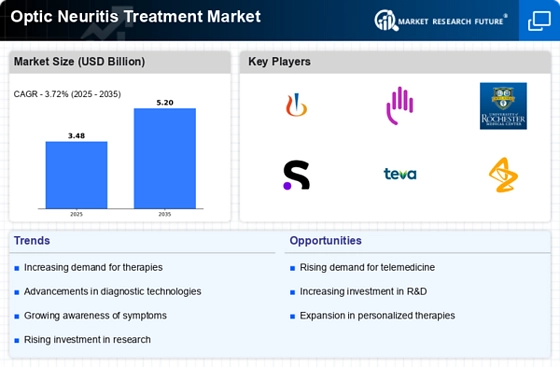
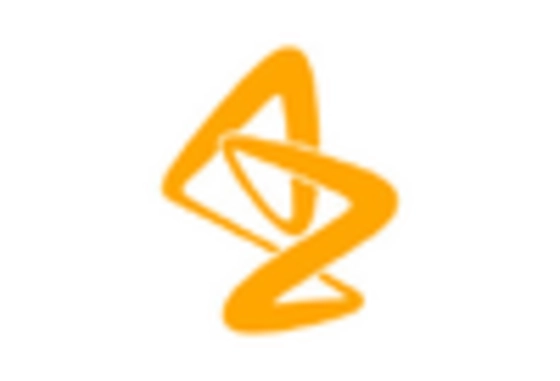
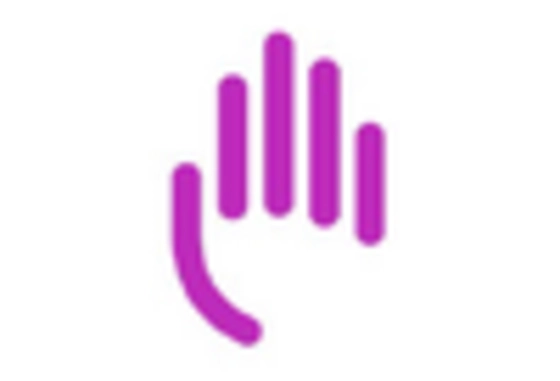
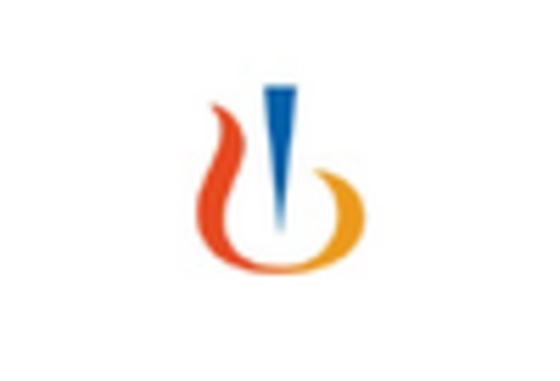
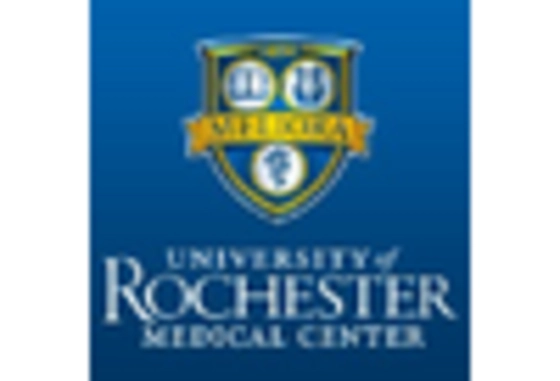
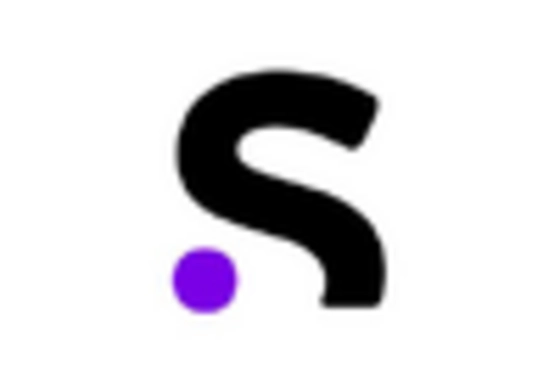
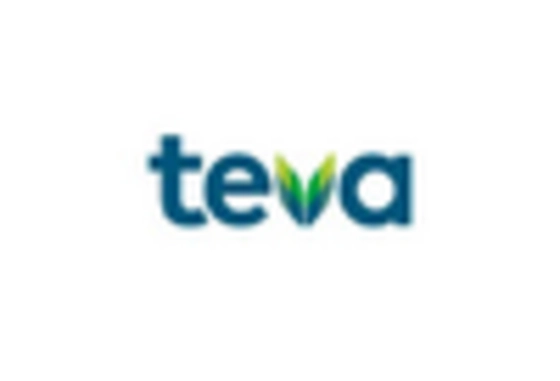








Leave a Comment